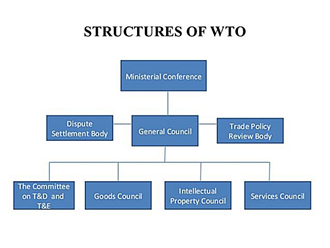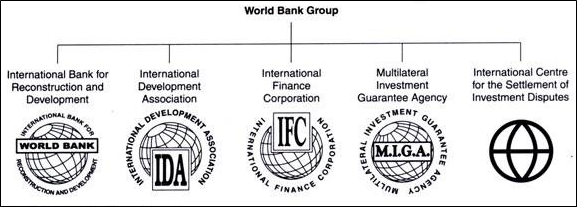1. The Farmers’ Produce Trade and Commerce (Promotion and Facilitation) Act, 2020
This act aimed to create an ecosystem where farmers and traders enjoy the freedom to sell and purchase farm produce outside the premises of ‘mandis’ regulated by the Agricultural Produce Market Committee (APMC). The key provisions include:
-
- Freedom of Trade: Farmers can sell their produce anywhere within the country, inter-state or intra-state, without being restricted to the physical premises of the APMC markets.
- Electronic Trading: The act promotes electronic trading and e-commerce of agricultural produce, facilitating a seamless trading experience for farmers.
- No Market Fee: Transactions made in the “outside trade areas” are exempt from any market fee or cess levied by state governments.
The objective was to provide farmers with more choice in selling their produce, ensuring better prices through competition and reducing their reliance on APMC markets, which have been criticized for monopolistic practices and inefficiency.
2. The Farmers (Empowerment and Protection) Agreement on Price Assurance and Farm Services Act, 2020
This act aimed to provide a framework for contract farming by defining agreements between farmers and buyers prior to the production or rearing of any farm produce. The key features include:
-
- Price Assurance: Farmers can enter into agreements with buyers to sell their produce at predetermined prices, providing them with price assurance and protecting them from market volatility.
- Dispute Resolution: The act outlines a dispute resolution mechanism that is quicker and more efficient than traditional legal processes.
- Farm Services: It includes provisions for providing farm services, such as supply of seeds, feed, and technology support, which can enhance productivity and reduce input costs.
The objective was to empower farmers by ensuring a guaranteed price for their produce and encouraging the adoption of modern agricultural practices through contractual agreements with private companies, processors, wholesalers, exporters, and large retailers.
3. The Essential Commodities (Amendment) Act, 2020
This act amended the Essential Commodities Act, 1955, to deregulate the production, storage, movement, and distribution of certain agricultural commodities. The main provisions include:
-
- Deregulation: The act removes cereals, pulses, oilseeds, edible oils, onions, and potatoes from the list of essential commodities, thereby eliminating stock limits except under extraordinary circumstances like war, famine, or severe price rise.
- Incentives for Investment: By deregulating these commodities, the act aims to attract private sector and foreign direct investment in the agricultural sector, promoting the development of cold storage and modern supply chain infrastructure.
- Price Control: The government retains the right to impose stock limits if there is a steep increase in prices (100% increase in retail price of horticultural produce and 50% in non-perishables).
The aim is to transform the agricultural sector by encouraging private investment in infrastructure and supply chains, ultimately benefiting farmers through better storage facilities, reduced wastage, and increased price realization.
These three farm laws aimed to liberalize agricultural markets, encourage contract farming, and deregulate essential commodities to enhance farmers’ income and modernize the agricultural sector. However, they faced significant opposition from farmers’ groups who fear that the reforms could lead to the dismantling of the APMC system and weaken their bargaining power and consequently, these laws were withdrawn.
Contract FarmingIt is an agricultural production carried out according to an agreement between a buyer and farmers, which establishes conditions for the production and marketing of a farm product or products. The farmer agrees to provide agreed quantities of a specific agricultural product. These should meet the quality standards of the purchaser and be supplied at the time determined by the purchaser. Advantages
Challenges
|
Land LeasingLand leasing in agriculture refers to the practice where a landowner grants temporary rights to a tenant farmer to use agricultural land for cultivation, in exchange for rent or a share of the produce. This arrangement enables efficient use of land, especially for those who do not own land, promoting agricultural productivity and investment without transferring ownership rights. Model Land Leasing Act, 2016The Model Land Leasing Act was drafted by NITI Aayog. It aims to facilitate the formalisation of land leasing arrangements in India. Its primary objective is to enhance the security of land tenure for tenant farmers, thereby encouraging agricultural investment and productivity. Key Features1. Security of tenure: Ensures that landowners retain ownership rights, while tenants gain security against arbitrary eviction, fostering confidence to invest in land improvements. 2. Flexibility in leasing: Permits leasing and sub-leasing of agricultural land without fear of losing ownership, facilitating better land utilization and consolidation. 3. Dispute resolution mechanism: Establishes a quick and transparent dispute resolution process to address conflicts between landowners and tenants. 4. Encouragement of land leasing: Aims to bring fallow land into productive use and increase operational efficiencies in agriculture. |



